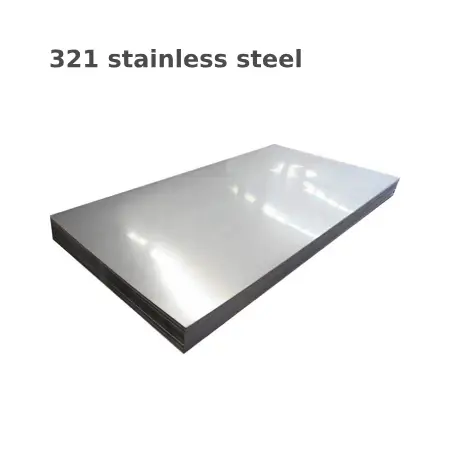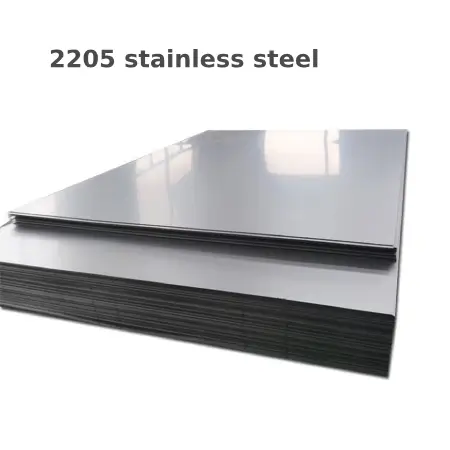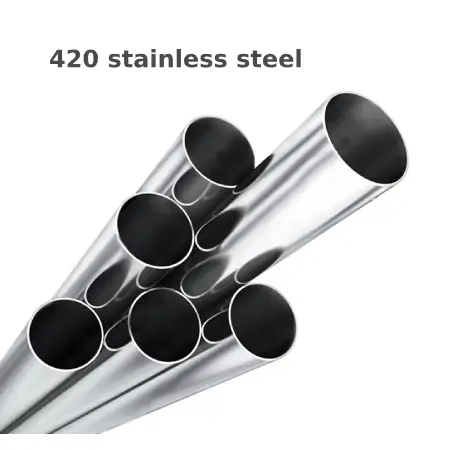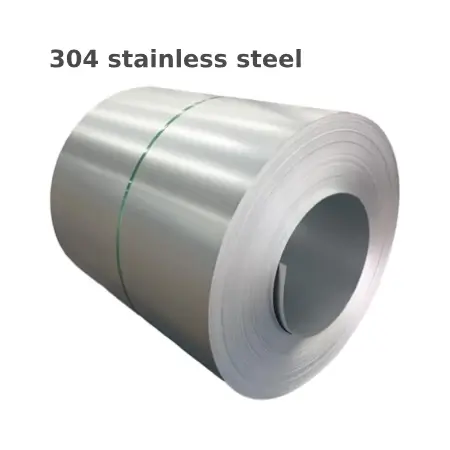410 Stainless steel is a martensitic grade commonly used for its heat-treatable properties and relatively good corrosion resistance within the 400 series family of stainless steels.
Introduction to 410 Stainless Steel
Material Composition: 410 Stainless steel contains approximately 12% to 13% chromium with low carbon content, typically under 0.15%. It is a martensitic stainless steel, which is known for its ability to be hardened through heat treatment.
Hardness and Strength: Despite its relatively low carbon content, 410 stainless steel can be hardened by heat treatment to achieve a high level of strength and hardness, making it suitable for tools and other applications requiring durability.
Corrosion Resistance: While it offers good corrosion resistance in mild environments, it falls short compared to more alloys such as the popular 304 or 316 types. It is particularly susceptible to corrosion in acidic or highly saline environments.
Applications: 410 stainless steel is used in various applications, including cutlery, decorative trim, bearings, automotive components, heat exchangers, and surgical instruments.
Fabrication and Machining: Due to its ease of machining and forming, pre-hardened 410 stainless steel is often used in complex parts that require extensive machining or forming operations.
Heat Treatment: The grade can be heat-treated to enhance its properties. It undergoes processes like annealing, which is heat treatment to soften the material, and quenching and tempering to harden the steel.
Weldability: While it is possible to weld 410 stainless steel, it can become harder and more brittle near the weld zone if not done correctly, potentially leading to reduced toughness and corrosion resistance.
Joining: The joining of 410 stainless steel often requires careful consideration of heat treatment and welding techniques to avoid embrittlement.
Availability: It is widely available in numerous forms, such as round bars, flat bars, tubes, and sheets.
Chemical Compatibility: 410 stainless steel is susceptible to corrosion and intergranular corrosion, especially in the sensitized condition. Proper heat treatment can mitigate this issue.
Recyclability: As with other stainless steels, 410 is 100% recyclable, contributing to its environmental sustainability.
Special Considerations: In the annealed condition, 410 offers good ductility, making it suitable for forming operations. However, the material's corrosion resistance and toughness can be affected by the heat treatment processes it undergoes.
410 Stainless steel is recognized for its balance of properties that include strength, ductility, and corrosion resistance. Its lower cost compared to other types of stainless steel makes it a popular choice for many applications where high performance and durability are necessary while maintaining cost-effectiveness.






